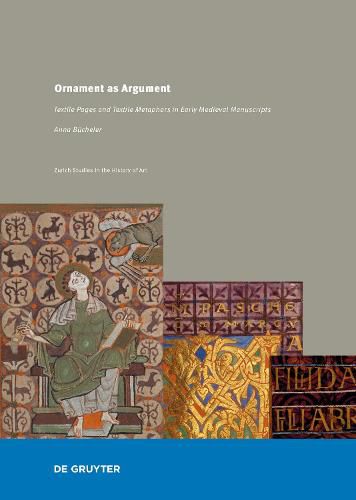Readings Newsletter
Become a Readings Member to make your shopping experience even easier.
Sign in or sign up for free!
You’re not far away from qualifying for FREE standard shipping within Australia
You’ve qualified for FREE standard shipping within Australia
The cart is loading…






This study, for the first time, systematically analyzes the function and meaning of so-called textile pages in book illustration of the tenth and eleventh centuries. The ornamented pages of gospels and liturgical books evoke Byzantine and Islamic silk fabrics that serve as conveyors of various theological arguments. The textile iconography of the book pages visualizes textile metaphors that relate to core subjects of Christian theology such as incarnation and script as a medium of revelation. In addition, references to Medieval exegesis, liturgy, and devotion are characteristic of this contemplative instrument of religious culture.
In this context, the materiality of the book - through textile ornament as a part of the book body - plays an important role.
$9.00 standard shipping within Australia
FREE standard shipping within Australia for orders over $100.00
Express & International shipping calculated at checkout
This study, for the first time, systematically analyzes the function and meaning of so-called textile pages in book illustration of the tenth and eleventh centuries. The ornamented pages of gospels and liturgical books evoke Byzantine and Islamic silk fabrics that serve as conveyors of various theological arguments. The textile iconography of the book pages visualizes textile metaphors that relate to core subjects of Christian theology such as incarnation and script as a medium of revelation. In addition, references to Medieval exegesis, liturgy, and devotion are characteristic of this contemplative instrument of religious culture.
In this context, the materiality of the book - through textile ornament as a part of the book body - plays an important role.